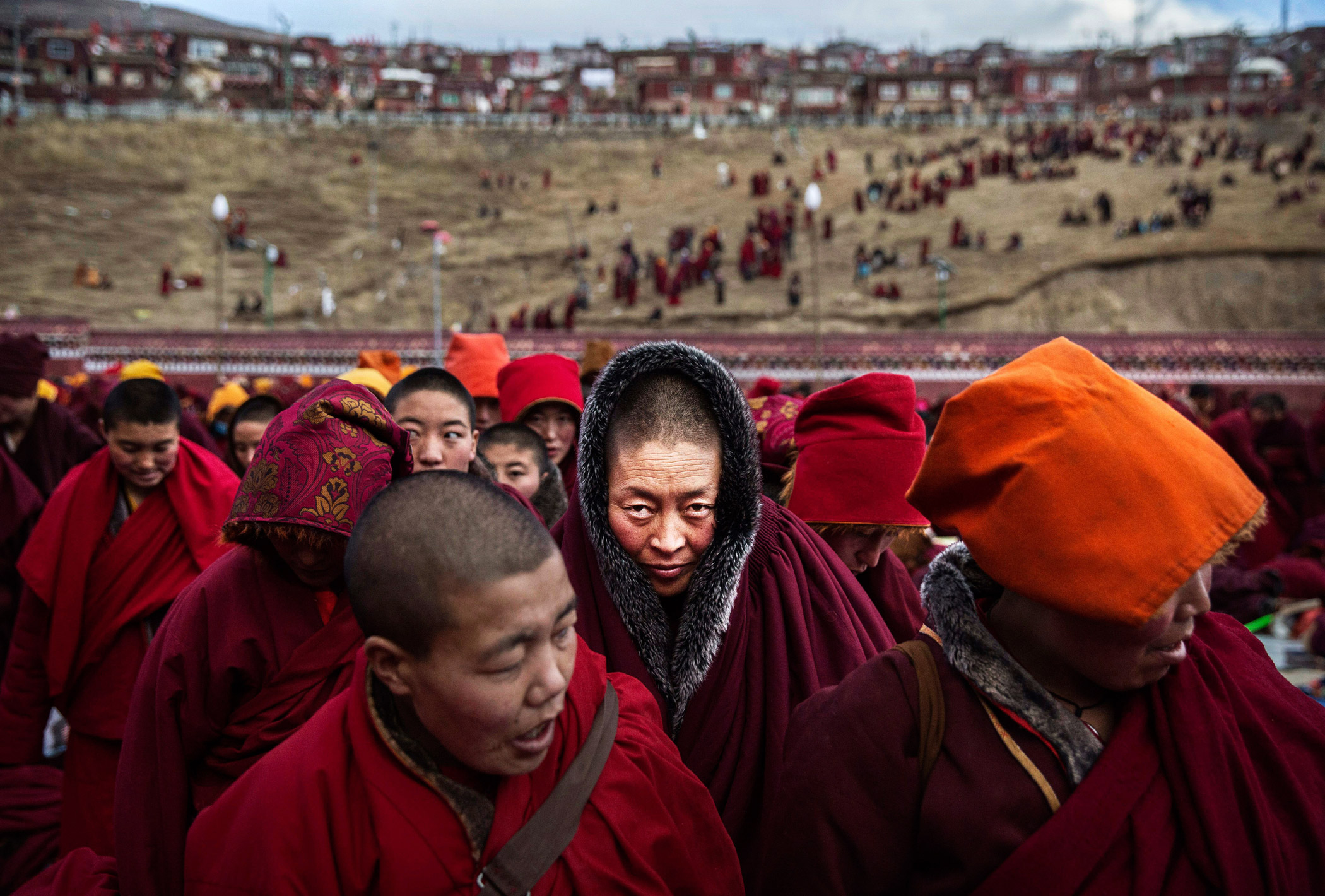
Each year, thousands of Tibetan Buddhist monks and nuns, as well as lay people, gather in Seda, a remote town in the Garze Tibetan Autonomous Prefecture of China, known as Sertar to Tibetans.
For days, they listen to recitations and chants as part of the Bliss Dharma Assembly, the last of four prayer meetings taking place each year.
“Sertar sits in a valley on the Tibetan plateau at an altitude of about 4,000 meters,” says freelance photographer Kevin Frayer. “It is as rugged as it is beautiful, and very remote. For most of the year the closest airport is at least a 12-hour drive. And it’s an arduous one. The road is bumpy and felt never-ending but then you arrive at this place and it is breathtaking.”
The celebration is different from other Tibetan Buddhist rituals, Frayer adds, because it is less about pageantry or processions than it is about the atmosphere of happy pilgrimage. “Everywhere on the Tibetan plateau you can feel Buddhism in the air, from prayer flags on a mountain-top to a pilgrim prostrating on a road,” he says. “Being Tibetan is to follow the dharma; identity and faith are one and the same.”
Frayer had always wanted to visit Sertar to include the remote valley in his ongoing project on nomadic people—but, now that he’s been, he’s still not planning to cross it off his list. “The Tibetan plateau is an incredibly alluring part of the world,” he says. “It is the sort of place you wait to get back to.”
Kevin Frayer is a photographer working for Getty Images.
Chelsea Matiash, who edited this photo essay, is a Multimedia Editor at TIME.
Olivier Laurent is the editor of TIME LightBox. Follow him on Twitter and Instagram @olivierclaurent
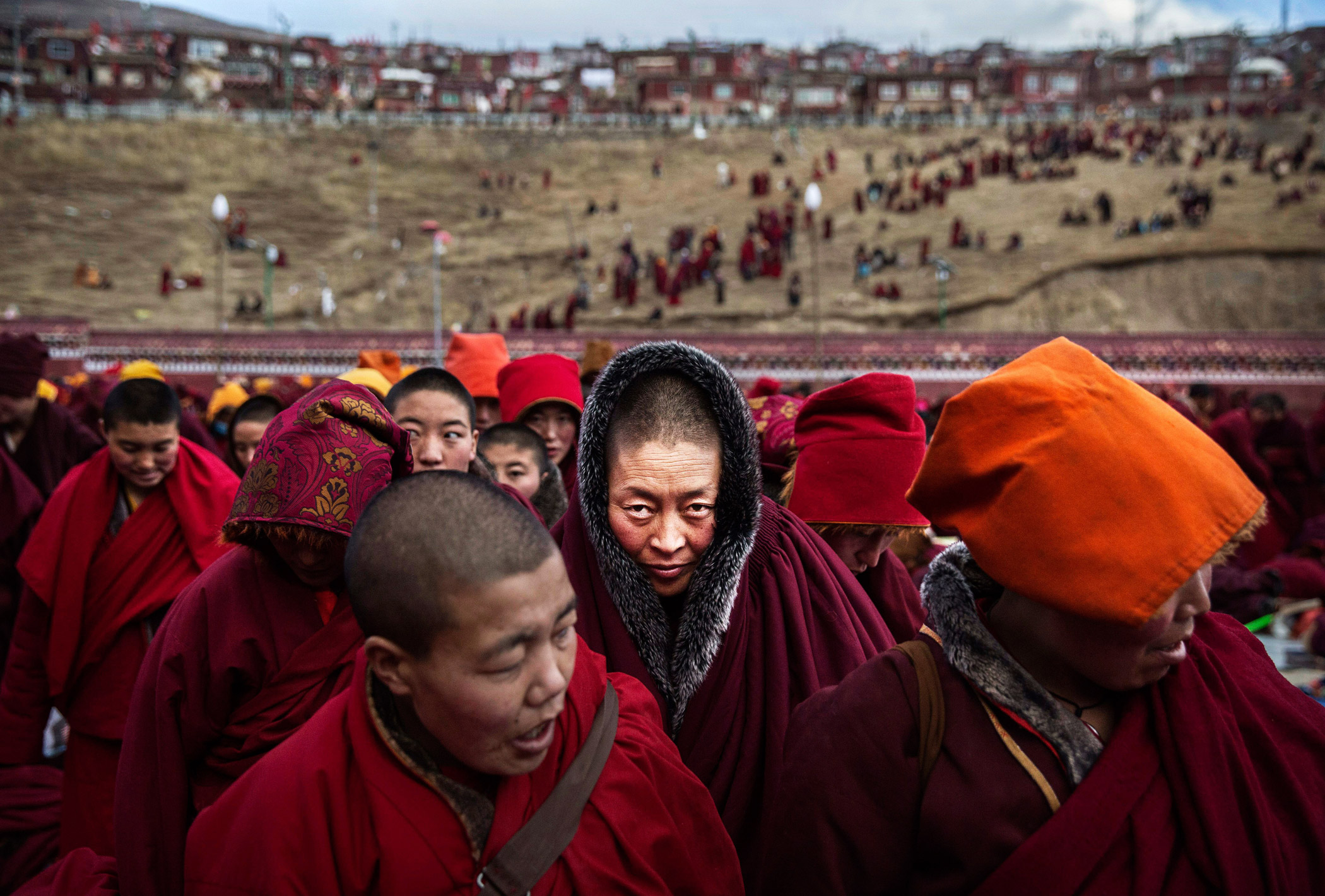
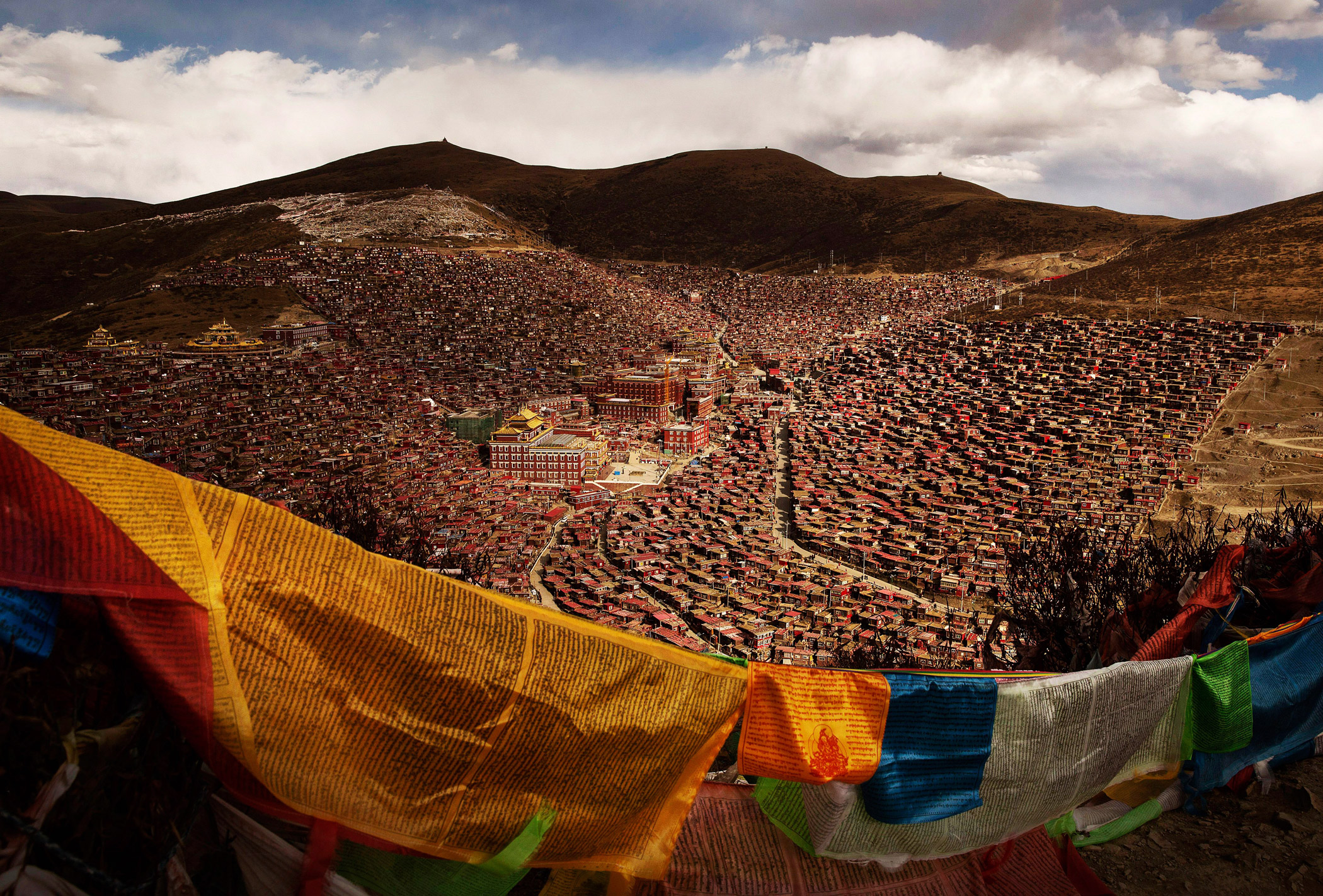
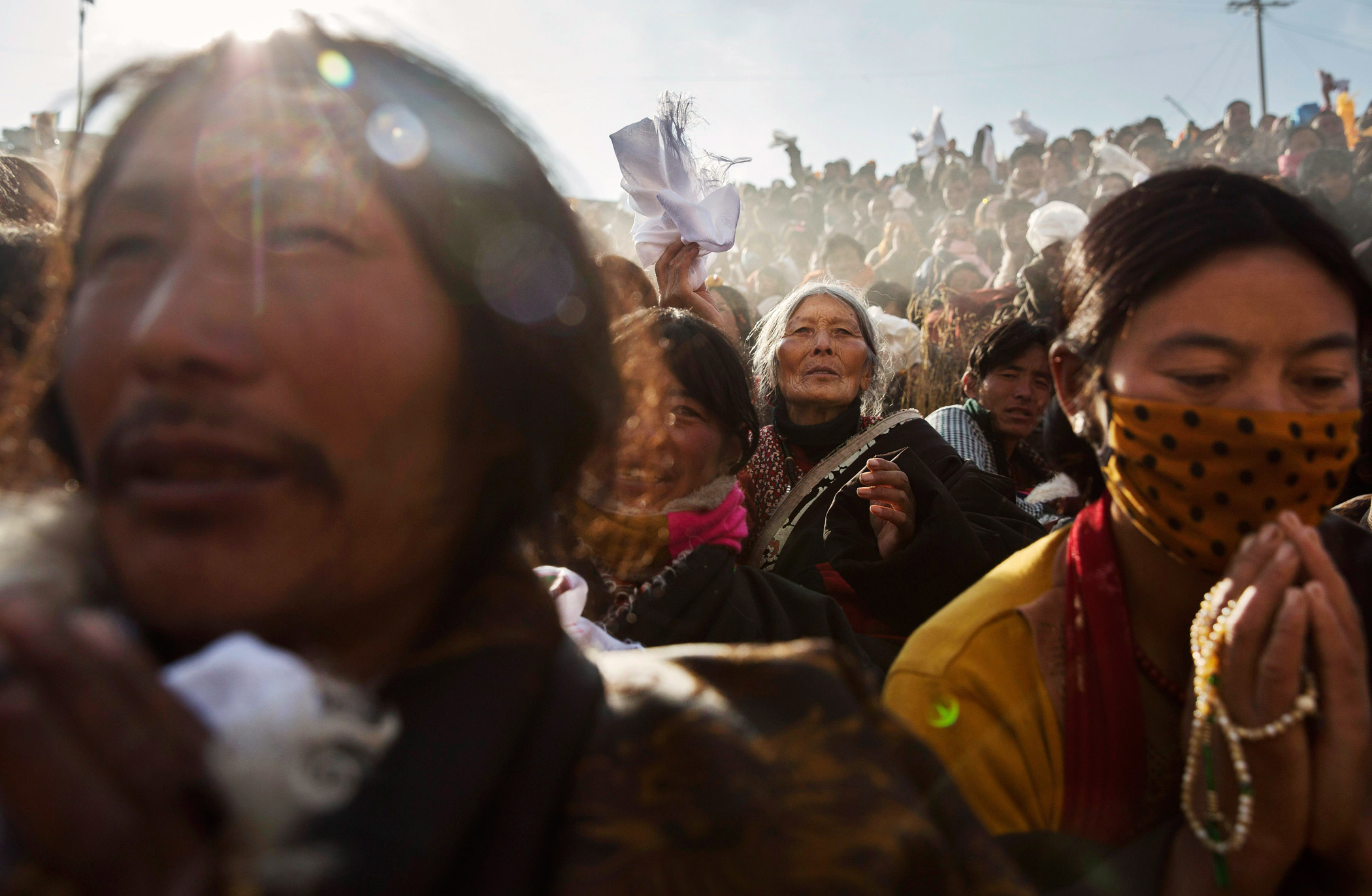
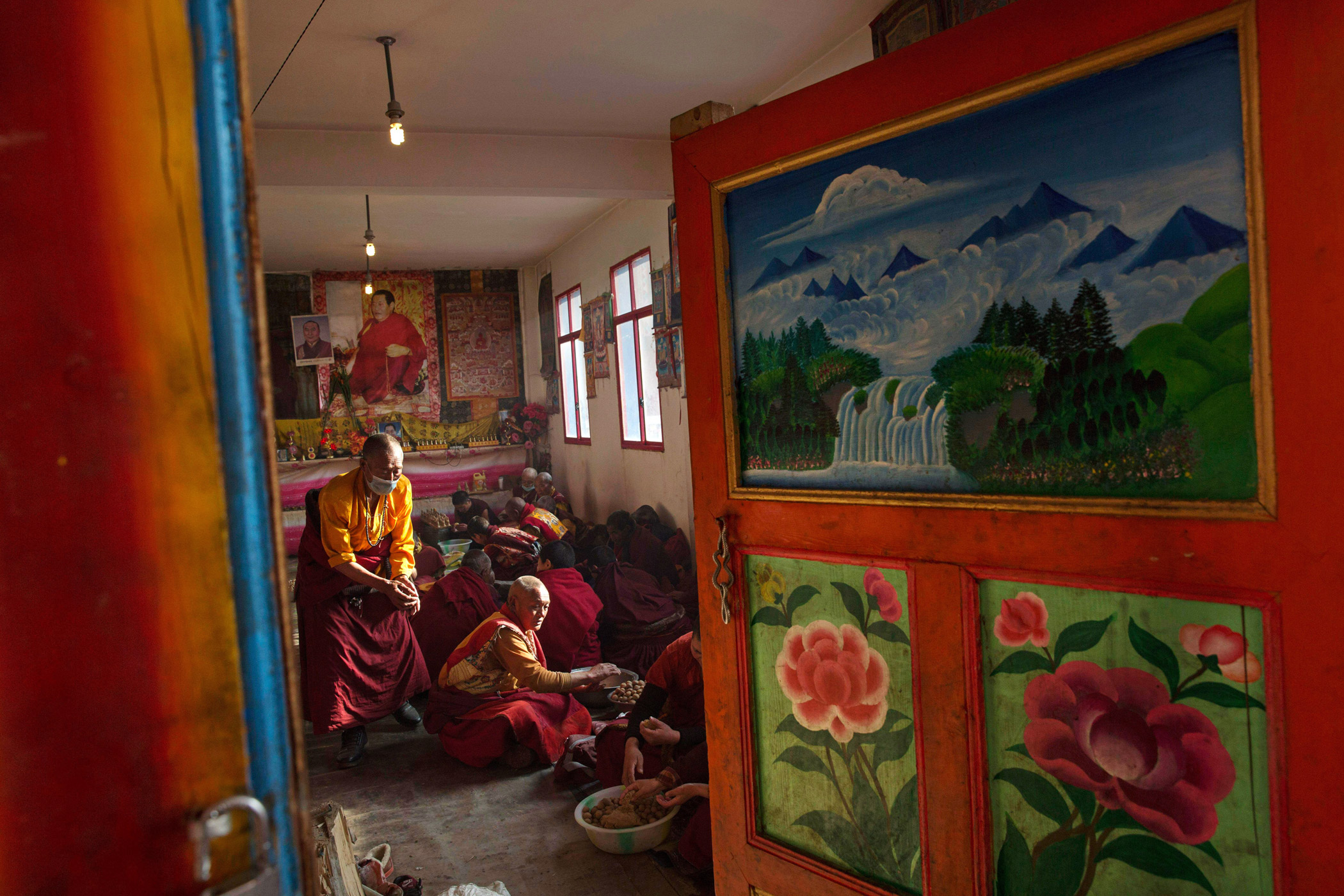
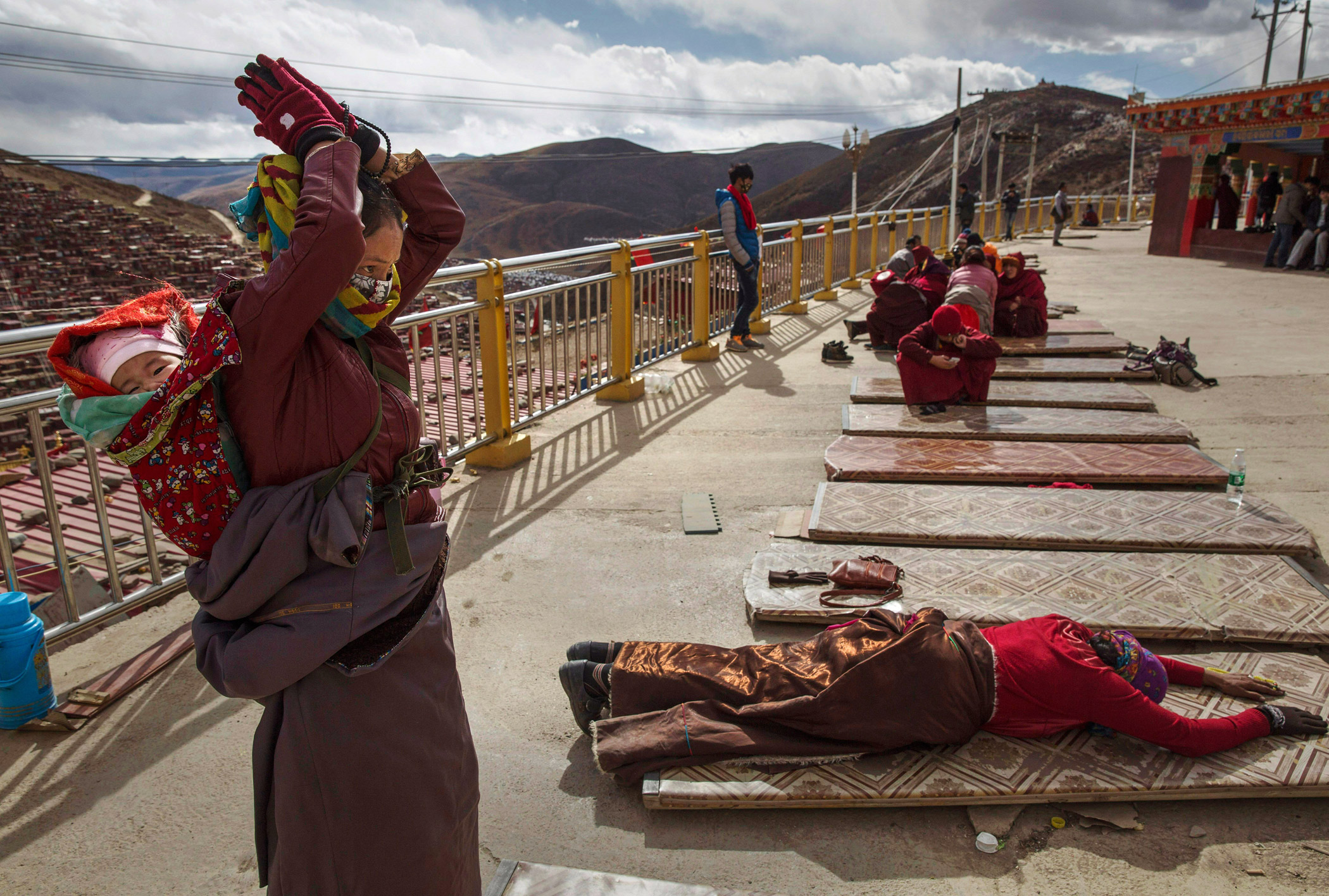
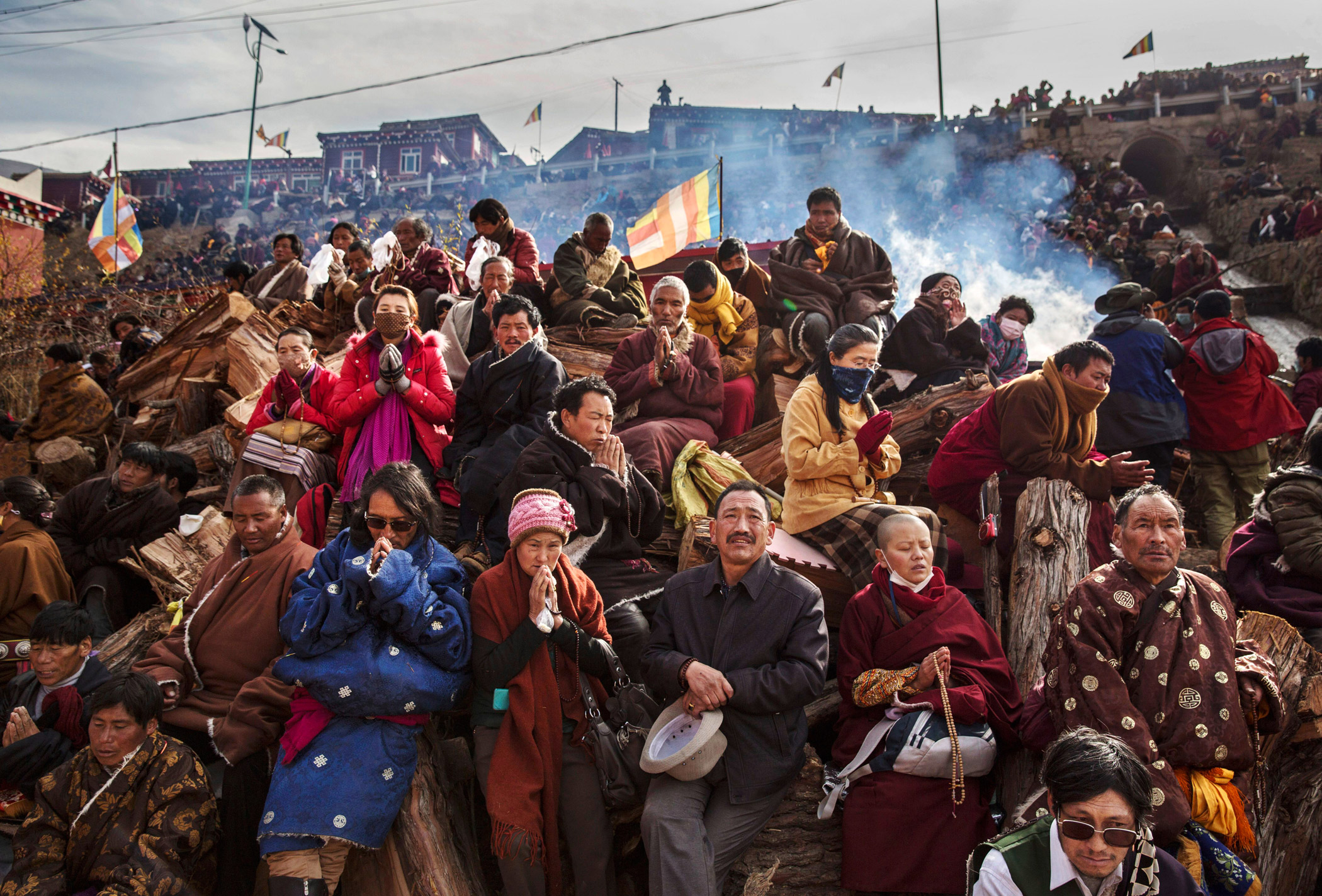
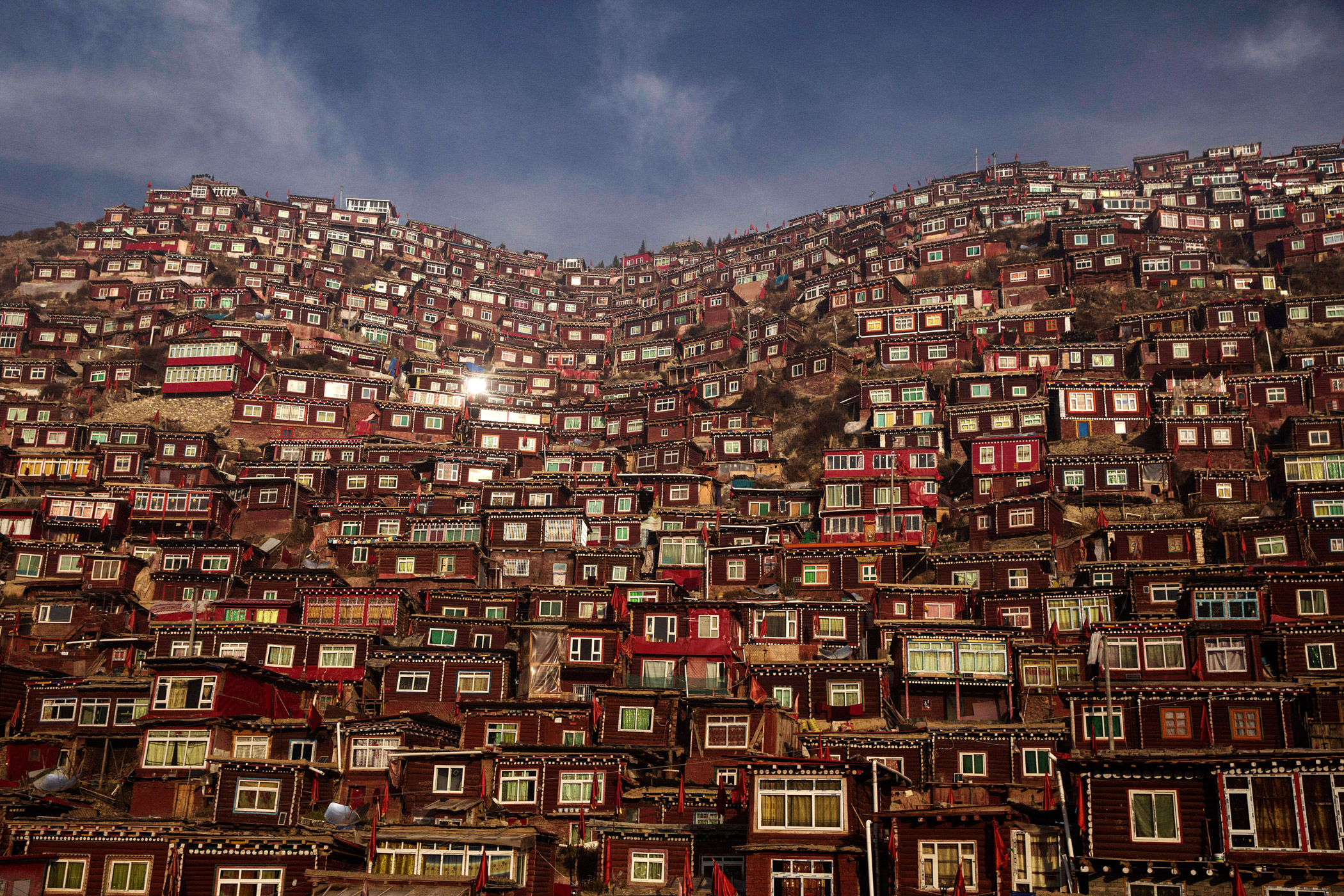
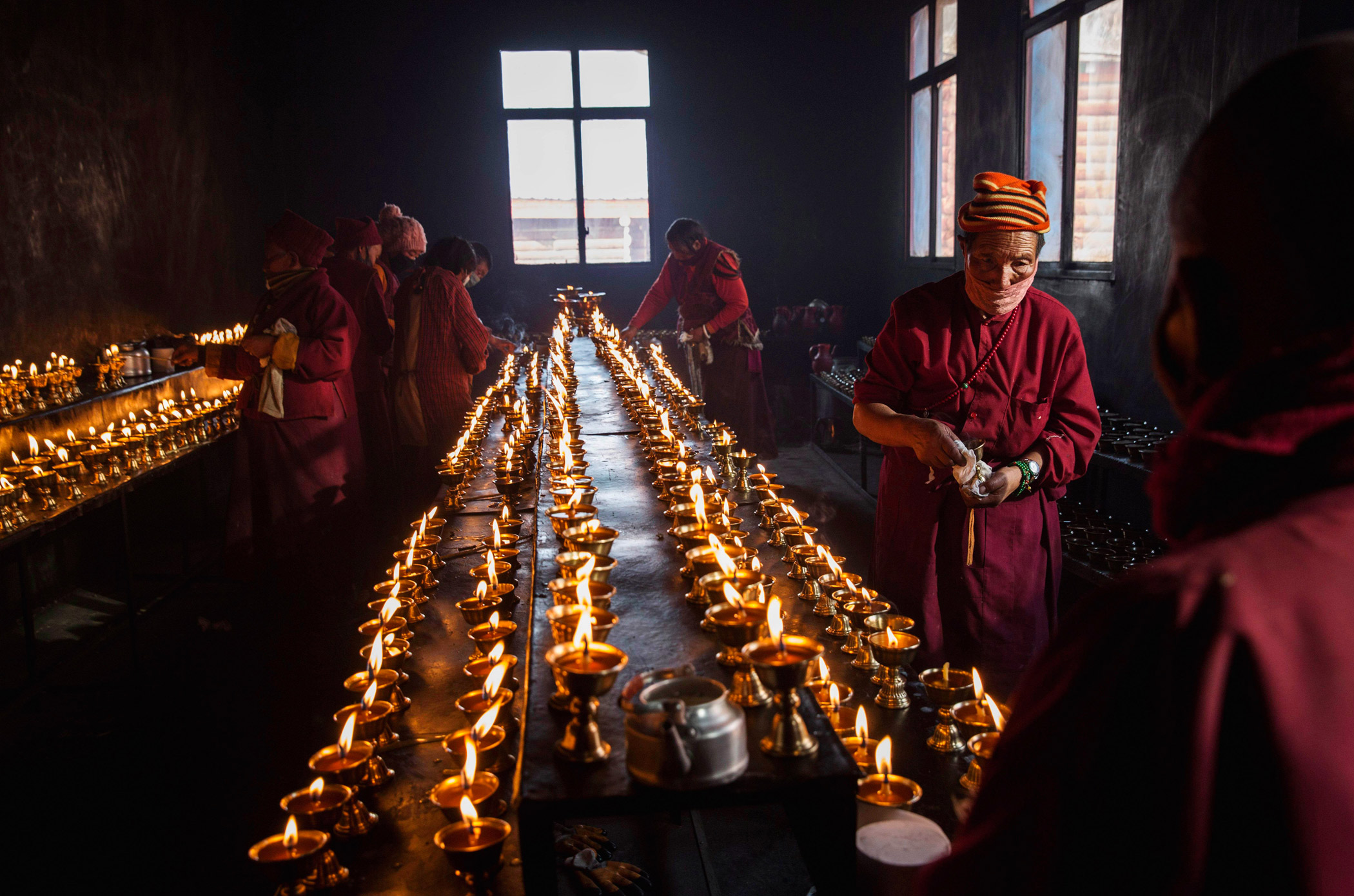
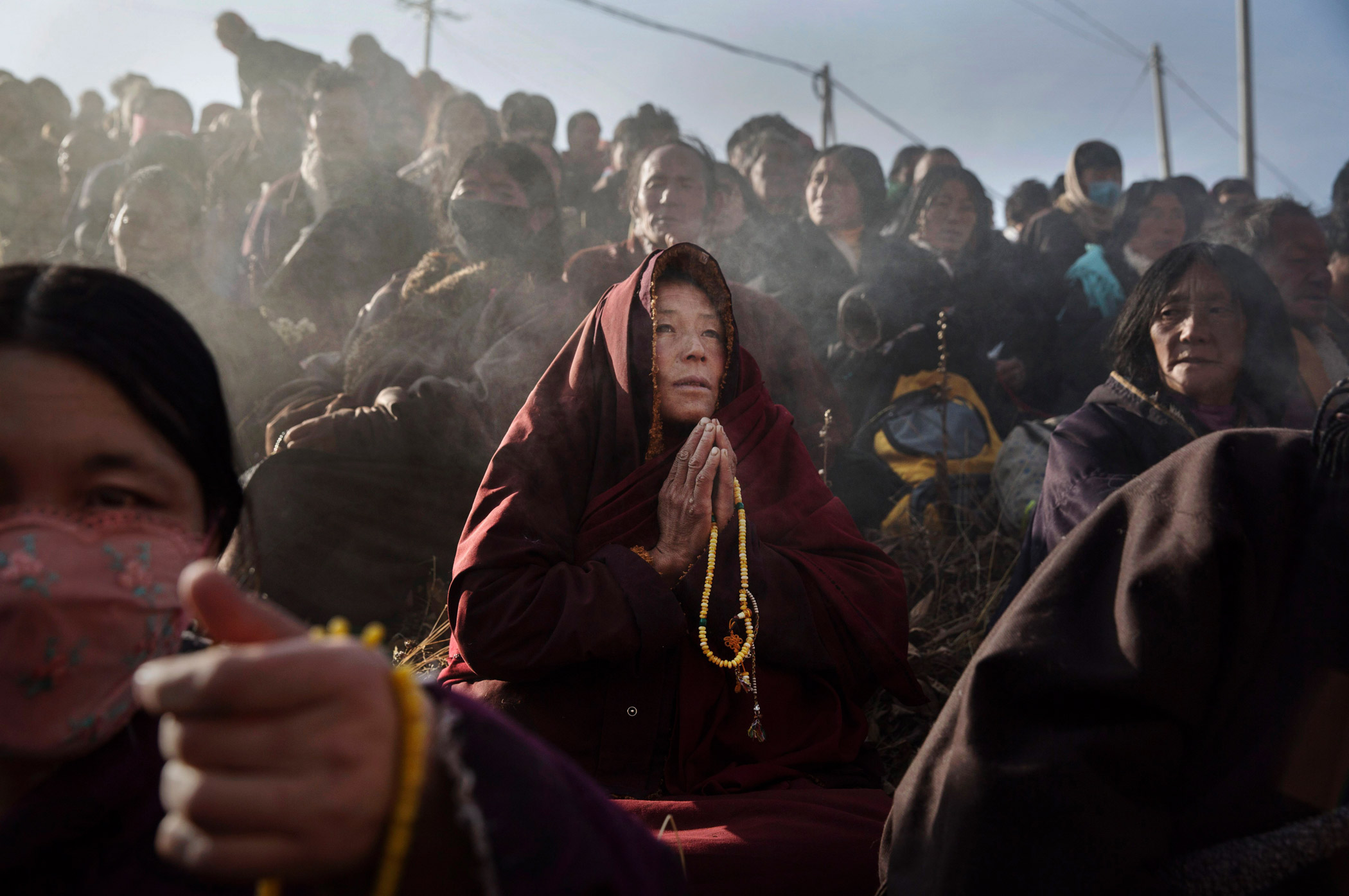
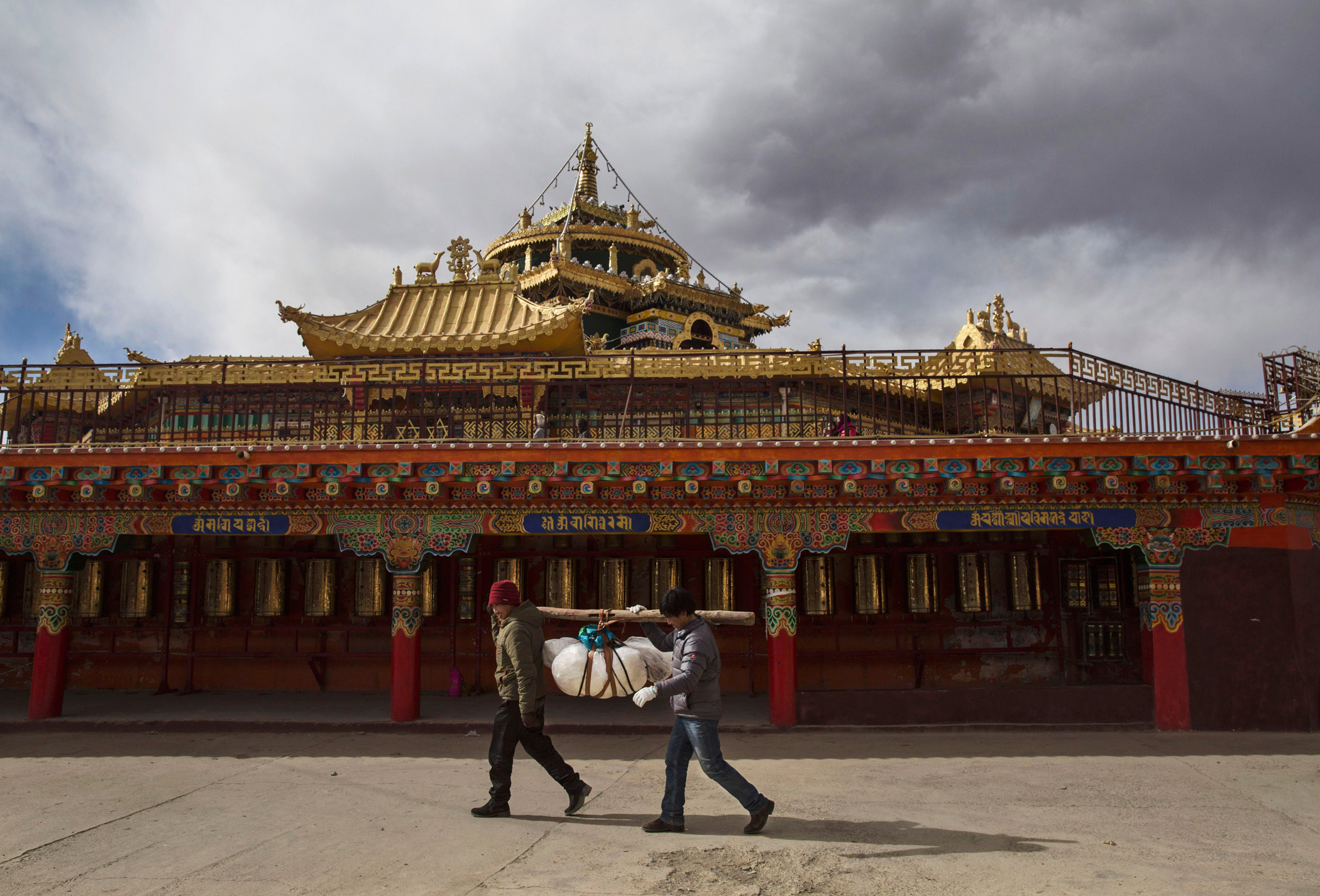
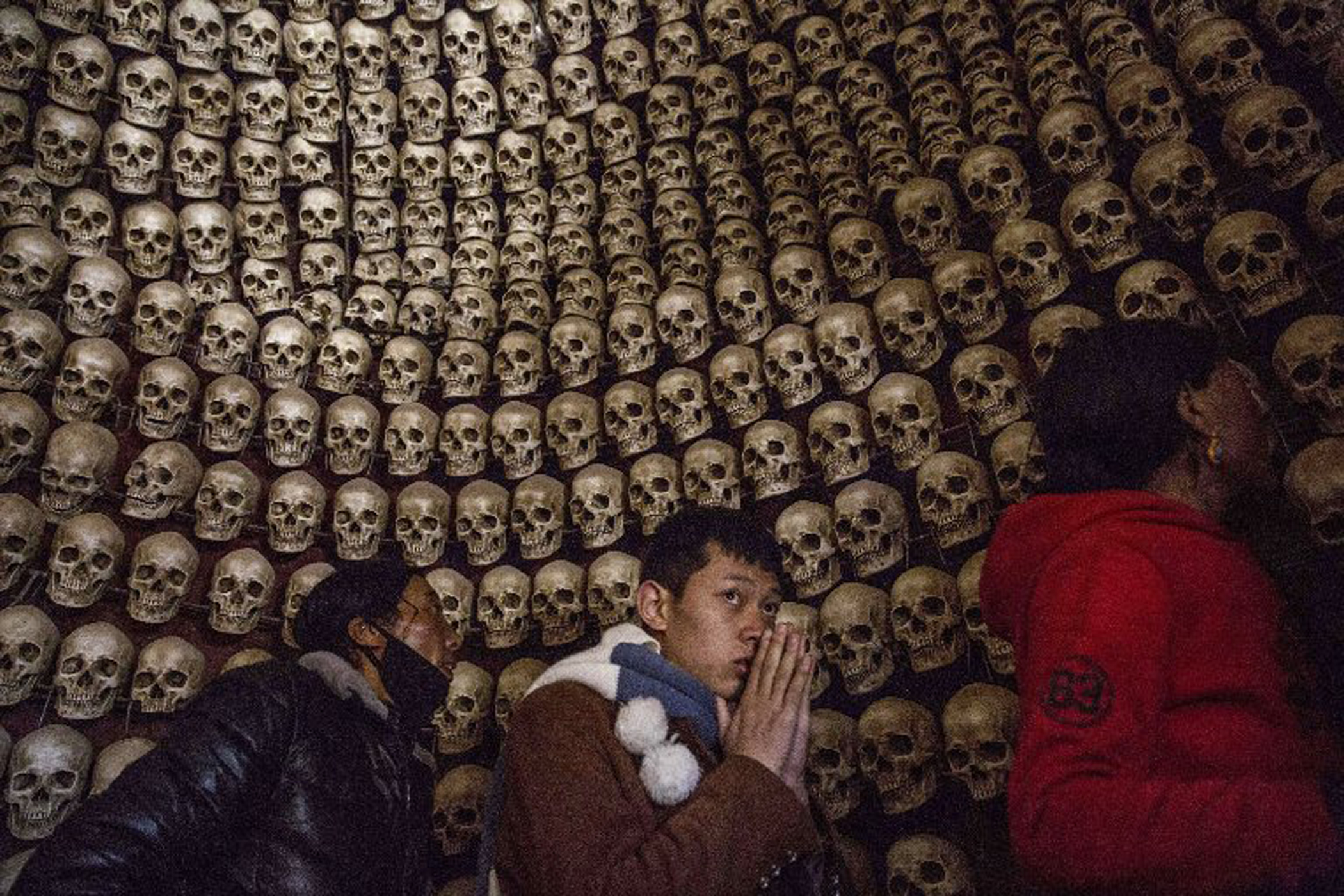
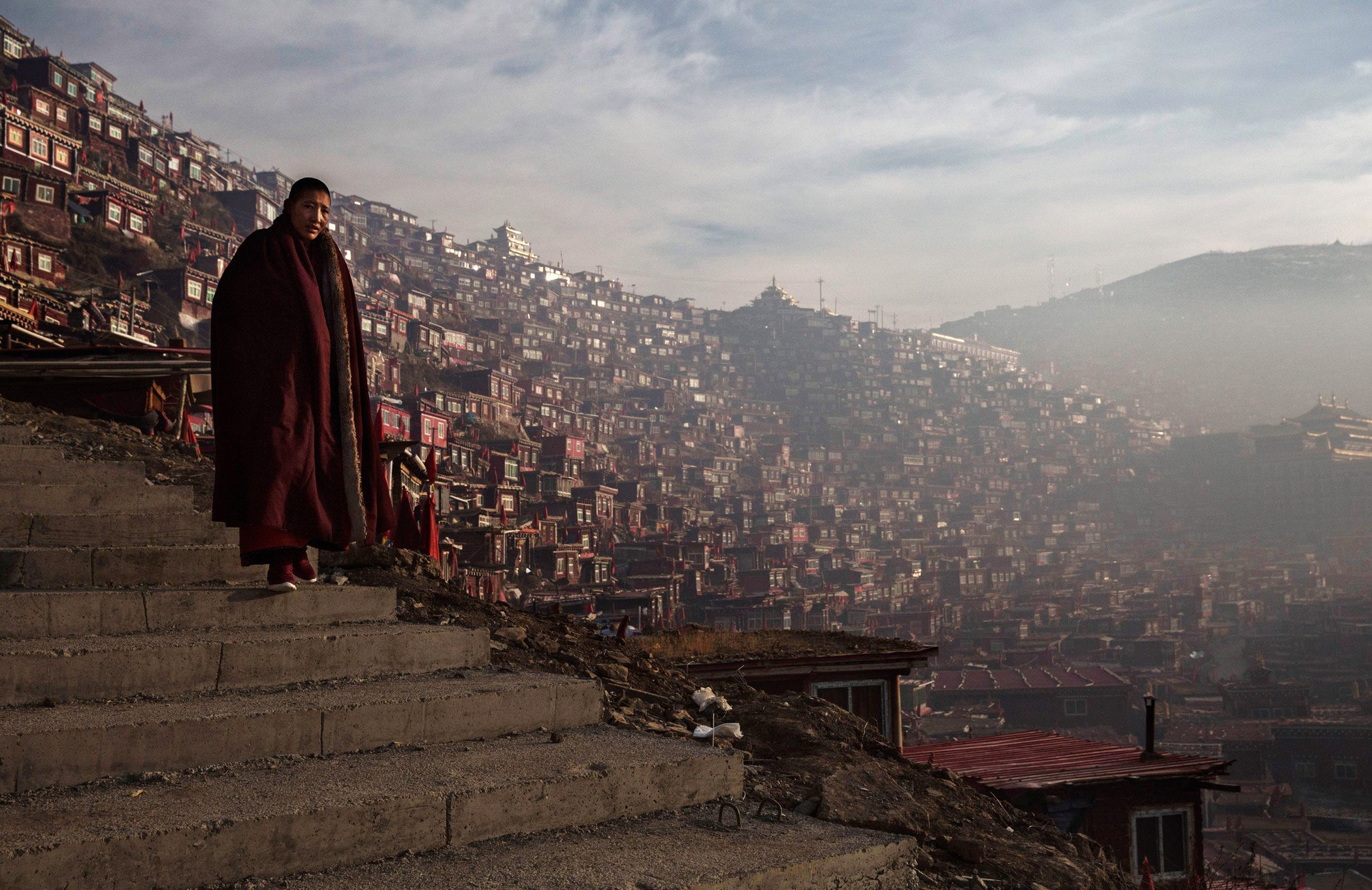
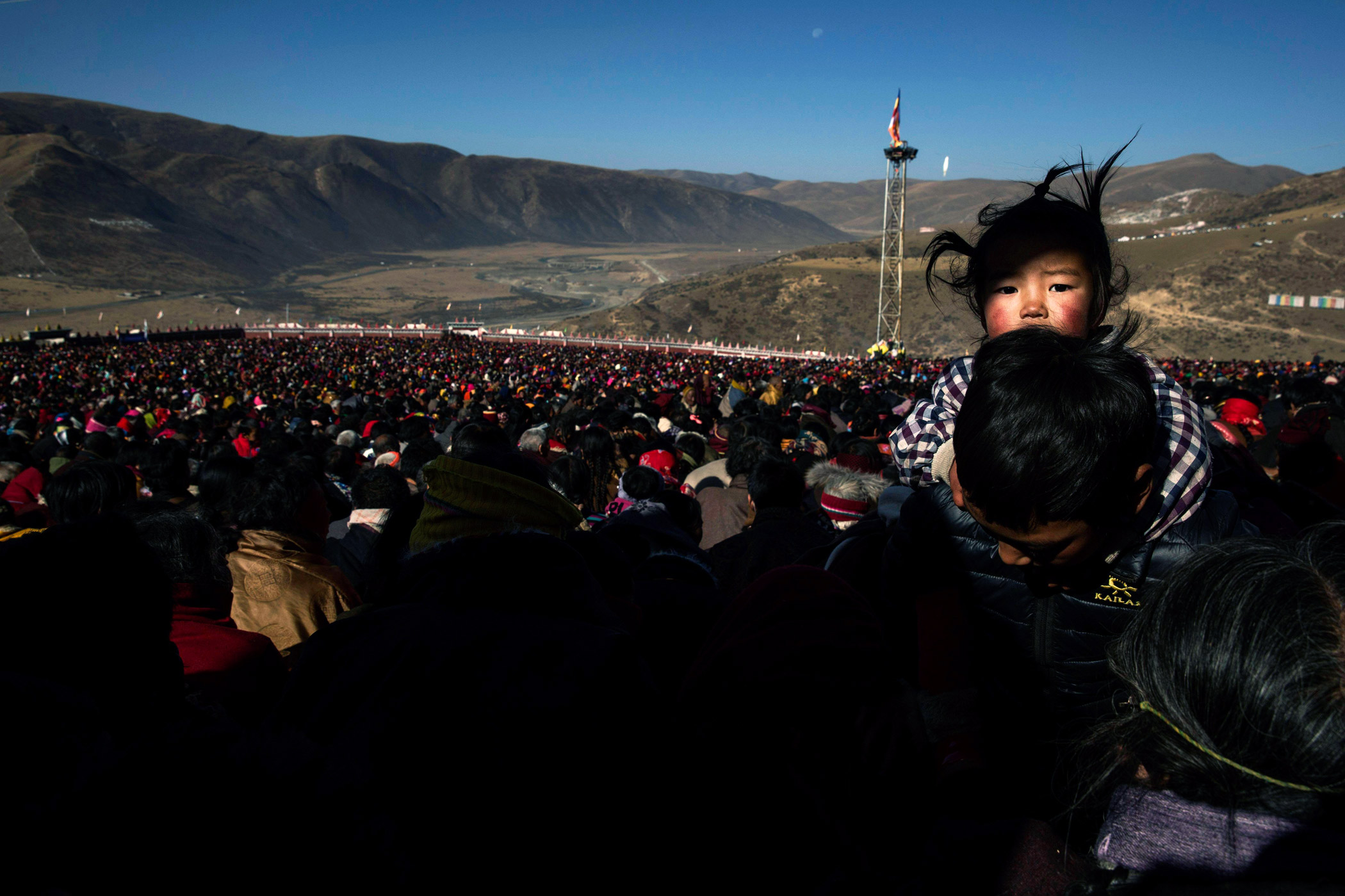
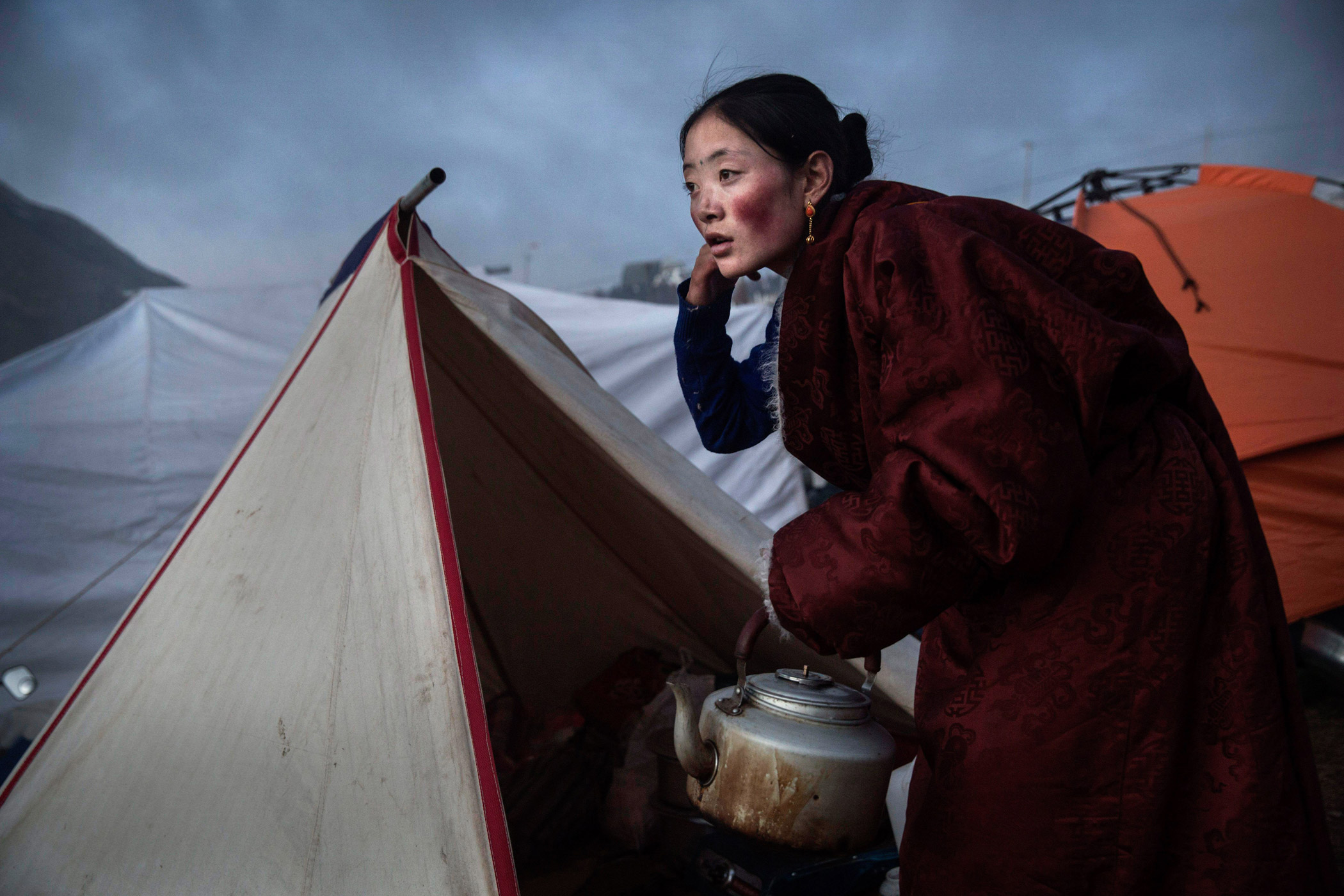
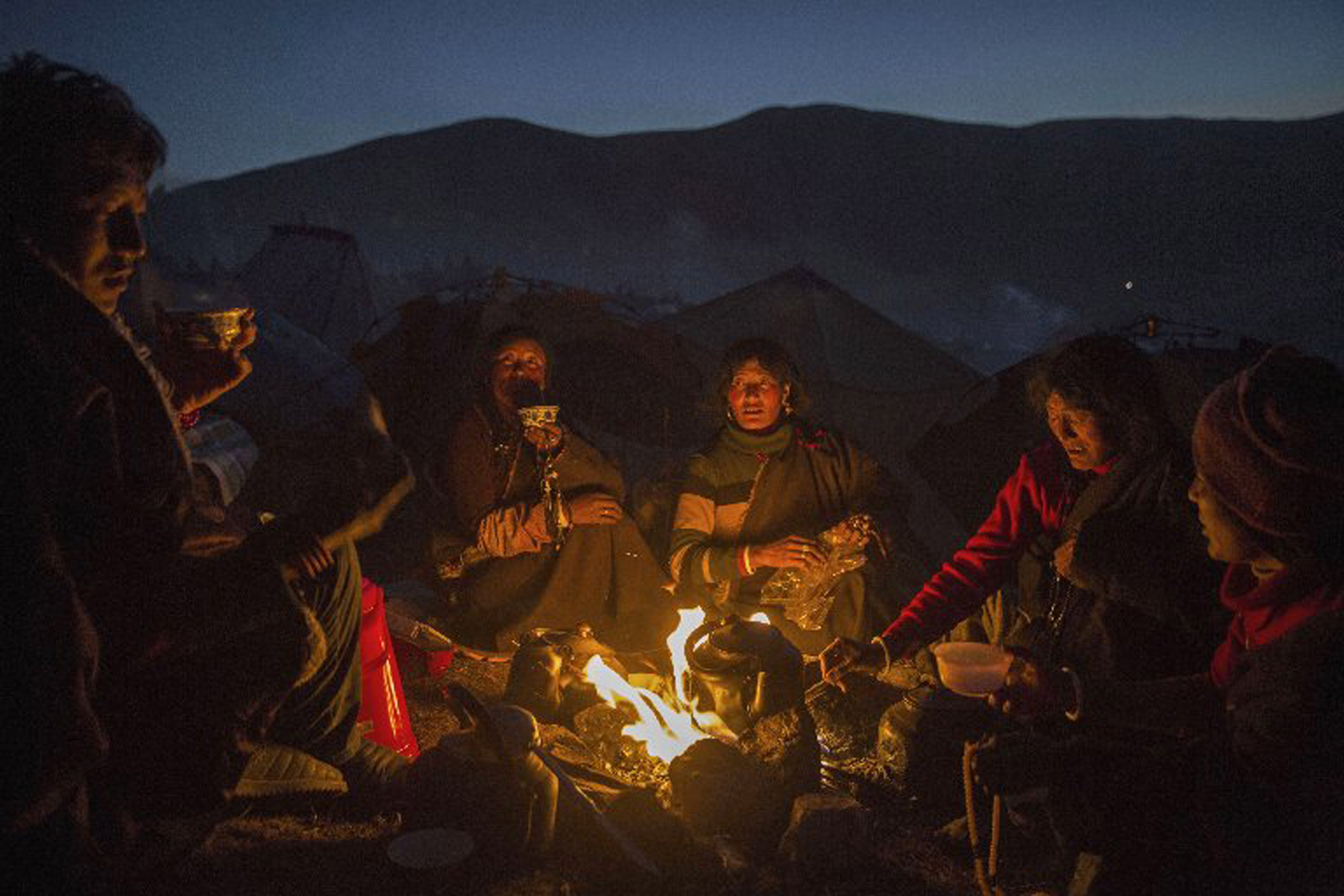
More Must-Reads from TIME
- Cybersecurity Experts Are Sounding the Alarm on DOGE
- Meet the 2025 Women of the Year
- The Harsh Truth About Disability Inclusion
- Why Do More Young Adults Have Cancer?
- Colman Domingo Leads With Radical Love
- How to Get Better at Doing Things Alone
- Michelle Zauner Stares Down the Darkness
Contact us at letters@time.com